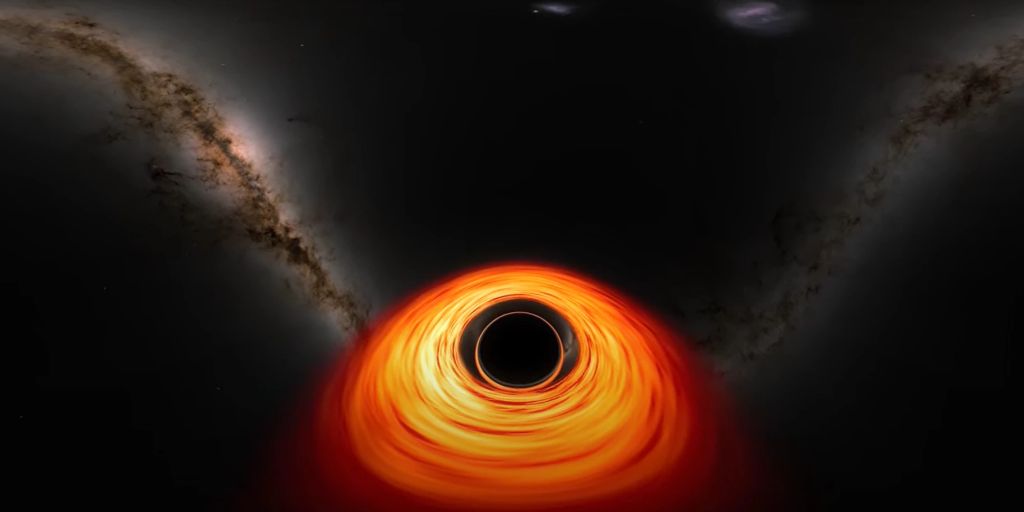Sciences A shoebox-sized satellite will test artificial intelligence in space
An undated visualization shows the SONET-2 satellite. The small satellite carries on board artificial intelligence that will be trained in space. picture
© Hakan Kayal/University of Würzburg/DPA
Weather forecasting, long-range reconnaissance, and navigation: satellites are the building blocks of our interconnected world. Models of Würzburg are sometimes sent into space in miniature form – this time with artificial intelligence on board.
Small as a shoebox, but packed with technology for future missions in the solar system: With artificial intelligence on board, a small satellite from the University of Würzburg has been successfully launched into space from California. Aerospace engineer Hakan Kayal said on Tuesday in Würzburg that a number of experiments were planned. The goal is to detect phenomena in space in later missions, such as anomalies on planets or asteroids.
The satellite was placed in orbit on Tuesday evening. “As planned, we were then able to successfully contact the satellite in two paths,” the researcher explained. He added, “In the following days, we will continue initial testing procedures and gradually examine all subsystems of the satellite.”
The nanosatellite called Sonata-2 aims, among other things, to examine geological formations on Earth or areas such as the Sahara Desert and automatically inform scientists of anything unusual. “The image data is evaluated on board using artificial intelligence,” Kayal explained. In future interplanetary missions, for example, unexpected, short-term luminous phenomena could be detected in the solar system.
The satellite, which was launched from Vandenberg Air Force Base on a rocket and several other satellites, is equipped with four cameras. According to Kayal, artificial intelligence will be trained on board for the first time. Such training is usually done on Earth using powerful computers.
“The satellite is the size of a shoe box,” the scientist said. 30 by 20 by 10 centimeters, and its weight is about twelve kilograms. According to Kayal, SONET-2 is the largest Bavarian satellite ever to reach space. Scientists hope that it will operate for at least a year at an altitude of about 500 kilometers above the Earth. It should later burn up in the atmosphere and not end up as space debris. The university's research project is supported by the Federal Ministry of Economy in the amount of 2.6 million euros.
Information about Sonata-2 from the University of Würzburg Information about the beginning of Space

“Alcohol buff. Troublemaker. Introvert. Student. Social media lover. Web ninja. Bacon fan. Reader.”






More Stories
Bumblebee is dying: Researchers are worried | Life and knowledge
Minister and great biochemist: Hans Tobey is dead
Dwarf Dragon – Spectrum Science